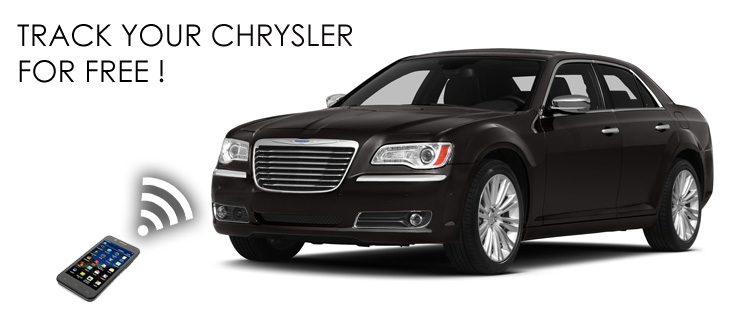
History of Chrysler
The Early Years: Rise of an Automotive Giant
Walter P. Chrysler, a brilliant automotive engineer with experience at Buick and Willys-Overland, took over the ailing Maxwell Motor Company in 1920. Under his guidance, Maxwell was reorganized and, in 1925, the Chrysler Corporation was officially born.
The first Chrysler car, introduced in 1924, was a technological marvel, with a high-compression engine, hydraulic brakes, and innovative rubber engine mounts. These advancements set the tone for Chrysler's commitment to cutting-edge engineering.
Acquisitions and the Emergence of the 'Big Three'
Through the late 1920s, Chrysler went on an acquisition spree. In 1928, it purchased the Dodge Brothers Company, instantly expanding its reach. It also created the Plymouth and DeSoto brands, catering to various price points. This aggressive strategy helped Chrysler join General Motors and Ford as one of the "Big Three" American automakers.
Innovation and the Airflow
The 1930s were a transformative decade for Chrysler. The company was one of the first to mass-produce cars with radios and pioneered innovations like power steering. But the most iconic development was the Chrysler Airflow. Featuring a revolutionary streamlined design based on aerodynamic principles, the Airflow was ahead of its time, but its radical looks proved too controversial for consumers, leading to lackluster sales.
Wartime Efforts and Post-War Expansion
During World War II, Chrysler's production shifted to support the war effort. Chrysler manufactured tanks, aircraft components, and other crucial military equipment. After the war, Chrysler resumed car production and enjoyed a period of growth fueled by the post-war economic boom and America’s love for big, powerful vehicles. The stylish designs of the 1950s featuring fins and chrome accents captured the zeitgeist of the era.
The Muscle Car Era
Chrysler played a major role in the muscle car craze of the 1960s and 1970s. Legendary models like the Plymouth Barracuda, Dodge Charger, Dodge Challenger, and the famed Chrysler 300 with its powerful Hemi engines became icons of American performance. These cars embodied raw power, aggressive styling, and captured the hearts of speed enthusiasts.
Financial Troubles and the K-Car
The energy crisis of the 1970s dealt a harsh blow to Chrysler, as consumer demand shifted towards smaller, fuel-efficient cars. Plagued by financial difficulties and on the brink of bankruptcy, Chrysler turned to the US government for aid. In 1979, the government extended a bailout package with stipulations for the company to downsize and develop more economical vehicles.
The solution came in the form of the K-car platform. The Dodge Aries and Plymouth Reliant, based on this platform, became symbols of Chrysler's struggle and revival. Their success helped pull Chrysler back from the brink and regain its footing.
Minivans and the Lee Iacocca Era
The 1980s saw Chrysler under the charismatic leadership of Lee Iacocca, who became an industry celebrity. His focus on practical innovations and consumer-driven designs led to one of Chrysler's greatest successes: the minivan. The Dodge Caravan and Plymouth Voyager reimagined family transportation and dominated the market segment for decades.
The DaimlerChrysler Merger
In 1998, Chrysler entered a surprise "merger of equals" with German automaker Daimler-Benz. This created DaimlerChrysler AG, a transatlantic automotive giant. Despite high hopes, the merger was wrought with cultural clashes and ultimately faltered. It ended in 2007, with Chrysler being sold to Cerberus Capital Management.
Bankruptcy, Fiat, and Stellantis
The 2008 recession hit Chrysler hard. In 2009, Chrysler filed for bankruptcy and entered a partnership with Italian automaker Fiat. Fiat gradually took full ownership, forming Fiat Chrysler Automobiles (FCA) in 2014.
Importantly, in 2021, FCA merged with the French PSA Group (Peugeot) to create Stellantis, a multinational automotive giant. Today, Chrysler remains a significant player within the Stellantis portfolio.

